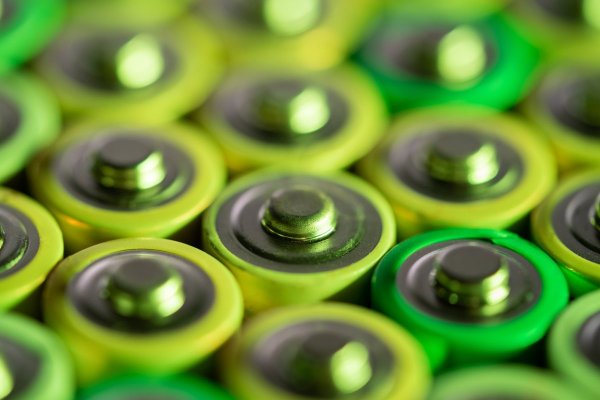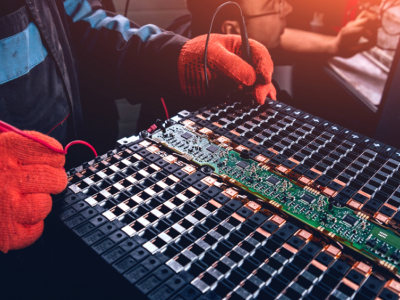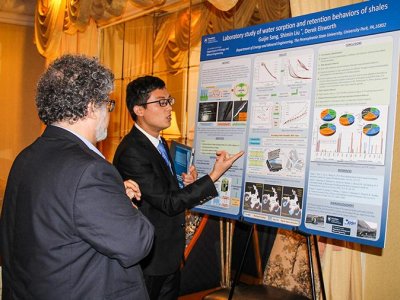Lithium is a critical material for making lithium-ion batteries, which are the backbone of electric vehicles (EVs). EVs have gained increasing attention in recent years due to decreasing our reliance on fossil fuels and reducing greenhouse gas emissions. Unlike traditional fossil fuel vehicles, EVs have no CO2 emissions, making them a cleaner and more sustainable option for transportation. As more countries and companies commit to reducing their carbon footprints, the transition towards EVs has accelerated, causing a significant increase in demand for lithium-based chemicals.
Lithium carbonate (Li2CO3) and lithium hydroxide (LiOH) are crucial ingredients in the battery’s cathode, which plays a vital role in the battery’s ability to store and release energy. As a result of the growing demand for EVs and the subsequent increase in battery production, the price of lithium carbonate skyrocketed, increasing fivefold in 2021 alone. This sharp rise in price shows the importance of lithium in the transition toward cleaner energy. It highlights the urgent need to secure a sustainable supply chain and unlock more lithium resources to support the ongoing transition to electric vehicles.
Lithium can be extracted from different sources like brine (salty water), mineral ores, and even recycled batteries. Currently, over 70% of lithium chemicals originate from brine because it’s cheaper to produce this way. The most common method for extracting lithium from brine involves using solar evaporation to separate lithium chloride (LiCl) from other metal chlorides like sodium, potassium, and magnesium chloride (NaCl, KCl, MgCl2). However, this method has some disadvantages, including taking up a lot of space, requiring a long time to extract, and causing potential soil pollution. Moreover, brine is not found everywhere, so its production is mainly limited to countries like China and Chile. To keep up with the growing demand for lithium, it's crucial to explore other sources beyond just brine.
Spodumene (LiAlSi2O6) is the primary ore used in lithium production due to its high lithium concentration (~8 wt. % Li2O). Traditionally, sulfuric acid (> 98 wt.%) is used to leach lithium under elevated temperatures at 250 degrees Celsius. The main drawback of the acid leaching method is the substantial energy consumption during the high-temperature calcination (1100 degrees Celsius) to form β-phase spodumene. To overcome the above issues, we developed an electrochemical method to directly leach lithium from α-phase spodumene. We found the H2O2 promoter can significantly reduce the leaching potential by facilitating the electron transfer and changing the reaction path. The addition of this promoter significantly increases the leaching rate of this electrochemical method.
To demonstrate the potential of this electrochemical leaching for scale-up manufacturing, we designed a catalyst-modified high-throughput current collector. It can work for high loading of suspended spodumene, achieving a leaching current of 18 mA, proving the potential of this method for large-scale leaching. We achieved a leaching efficiency of 92.2%, meaning 92.2% of lithium is extracted from the solid-state ores. This efficiency is comparable to traditional leaching methods using strong acid, while we only used 0.5 M sulfuric acid. A Faradaic efficiency of 71.5% was obtained, demonstrating that only 28.5% of the electricity is consumed by side reactions. Compared to the traditional leaching method, the techno-economic assessment shows the cost of electrochemical leaching can be reduced by 35.6%, majorly coming from the low cost of chemicals. This method can lower the CO2 emission by 75.3%, due to the high efficiency and low emission of the electricity energy. This work is published in Nature Communications. We believe this work will inspire more research on the mining and battery recycling area. It will revolutionize lithium extraction and other critical element harvesting by minimizing the environmental footprint and energy consumption.
Hanrui Zhang is a Ph.D. candidate in the Department of Energy and Mineral Engineering. He joined Penn State in 2020 Fall. His research focuses on the manufacturing of next-generation lithium-based batteries and critical element harvesting.
Feifei Shi is an assistant professor in the John and Willie Leone Family Department of Energy and Mineral Engineering. She held a courtesy appointment at the Material Science and Engineering and Mechanical Engineering department at Penn State. Her research interests lie broadly at the intersection of surface chemistry, material science, and mechanical engineering, with an emphasis on integrated energy systems, e.g. catalysis, battery, and nuclear energy systems.






